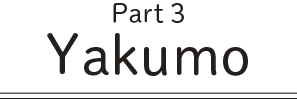Displaced samurai of the Tokugawa Clan became pioneers of Yakumo
With the Meiji restoration, samurai who had served as feudal retainers of the Owari Domain found themselves unemployed and struggling to make a living. In 1878 (year 11 of the Meiji period), Tokugawa Yoshikatsu, the 17th lord of the Owari Domain, brought a group of his former vassals to Yuurappu (now the town of Yakumo) and began pioneering efforts in earnest. The Tokugawa family bore the settlers’ costs of relocation and living while also financing pioneering efforts, marking the beginning of systematic pioneering of Hokkaido through private capital.
The Tokugawa Family Cultivation Experiment Station utilized western agricultural equipment to expand farmland, and continued to support the samurai settlers for 34 years until they reached complete independence. Before long, this effort was developed into the Tokugawa Farm, which accepted tenant farmers and also began forestry business. Yoshichika Tokugawa, the 19th head of the Owari branch, earnestly converted land to dairy farms, implemented land improvement measures, and enriched the lives of the people through promoting production of artistic bear woodcarvings. The farm at last closed in 1948, but the Yakumo Sangyo Industries Company founded by Tokugawa continues to trade to this day, with business including reforestation and seedling nursery.
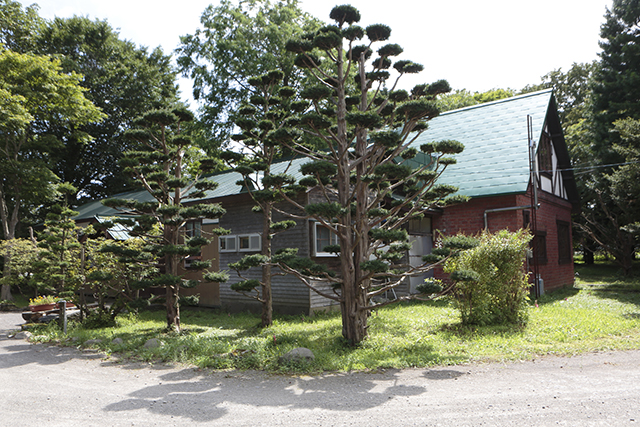
The former Tokugawa Farm Office, which was relocated during the war, and Yoshichika Tokugawa’s country house, which was built after the war
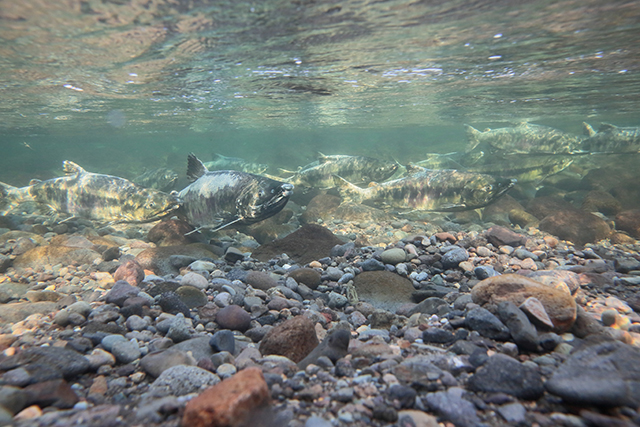
Salmon swimming upstream in the Yuurappu River. Tokugawa started a natural salmon hatchery business in 1880.(Photo courtesy of Kazuo Tazawa)
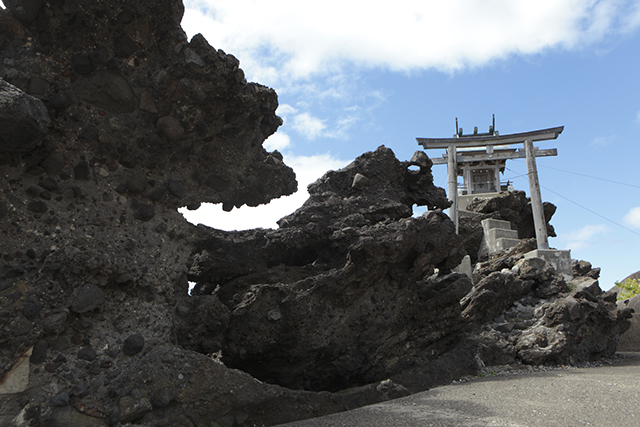
“Yakumo Shrine”, built in 1615, sits atop the “Kigan Kumoishi” rock formation, a natural monument.

Fish and shellfish raised in the Sea of Japan are landed at Kumaishi Fishing Port
“To learn how to run a dairy, go to Yakumo”
“Yakumo Katakuriko” potato starch once fetched the highest price of any brand in Japan, spurring on a thriving manufacturing industry. However, after the conclusion of the First World War, wild price fluctuations threw the industry into disarray, with farmer after farmer abandoning their land. In order to retain productivity of these cultivated lands, cows were brought in, and new styles of farming such as mixed cattle and crop agriculture, eventually led towards dedicated dairy farms. Following the Second World War, many young farmers were sent to Denmark for training, establishing the modest town of Yakumo as Japan’s forefront dairy farming region. As Yakumo gained prestige, it became commonly said “To learn how to run a dairy, go to Yakumo.”
The town of Yakumo straddles the seas, with coasts on both the Pacific Ocean and the Sea of Japan providing bountiful supplies of a great variety of seafood. Funka Bay is home to scallop cultivation and also produces seafood such as salmon, flatfish, and kelp. The Sea of Japan coast is notable for treasure troves of rainbow trout, Japanese squid, and walleye pollack. Prized Hokkaido abalone is also cultivated in the deep ocean waters off the Kumaishi region. The Ochibe area along the southern Pacific coast is a major rice farming center, leading to long-standing deep relationships between fishers and farmers.
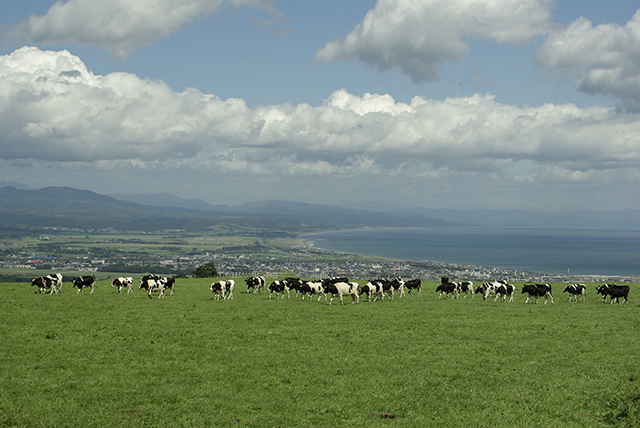
The Pacific Ocean can be seen from Yakumo’s municipally-operated breeding ranch.(Photo courtesy of Kazuo Tazawa)
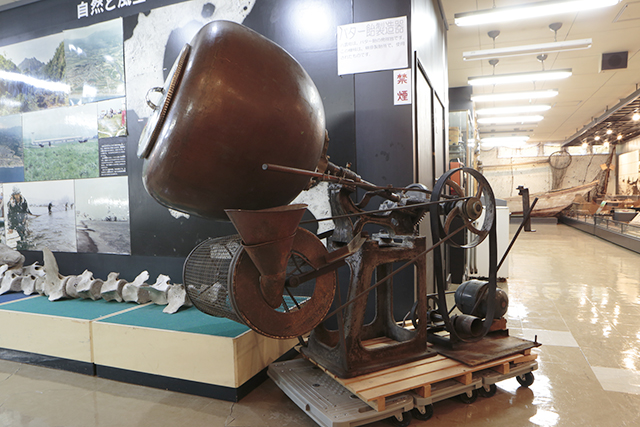
Yakumo is also known as the birthplace of butter candies. The sweet fragrance still lingers on this candy-making machine.
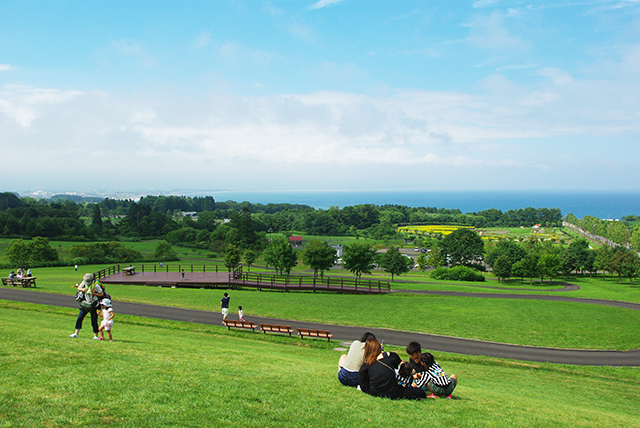
Funka Bay Panorama Park is also a popular camping spot.(Photograph by Azusa Yajima)
- Drive from Sapporo on the Hokkaido Expressway, get off at the Yakumo Interchange --3 hours 30 min.
- Drive from Hakodate on the Hokkaido Expressway, get off at the Yakumo Interchange --1 hours 30 min
- Take a limited express train from Sapporo on the JR Muroran Main Line --2 hours 30 min.
- Take a limited express train from New Chitose Airport on the JR Muroran Main Line --2 hours.
- Take a limited express train from Hakodate Airport on the JR Muroran Main Line --1 hours 30 min.
- From Tokyo on the JR Hokkaido Shinkansen and a limited express train --about 5 hours


